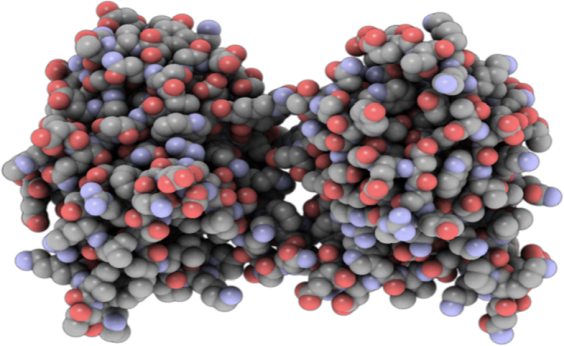Applications
Identification of the molecular basis of diseases. Computer-aided drug discovery and rational design. Nanomedicine and 'in silico' biopharmaceutics.

Identification of the molecular basis of diseases
At the lowest level, the biological mechanisms of functioning of all living organisms derive from coordinated and cooperative molecular motions. As the famous physicist Richard Feynman once stated: "everything that living things do can be understood in terms of the jigglings and wigglings of atoms". The comprehension of these mechanisms is crucial in life sciences.
Understanding the molecular basis of diseases is a difficult task. Biological molecules are complex, by their very nature (e.g., proteins could be highly flexible, or have a multimeric structure, or possess multiple interaction sites) and also because of the phenomena they take part to (e.g., conformational variations, or association with various partners).
Some mechanisms that contribute to a number of human pathologies are currently investigated. The topics of these researches include, among others, the study of the molecular determinants of several types of cancer (including their genesis, progress, and metastasis). Protein misfolding processes that may lead to amyloidosis and other neurodegenerative disorders are also studied.
Computer-aided drug discovery and rational design
Drug discovery and design is one of the most advanced, innovative, competitive, and expensive field of research and technological development in the world. It may involve both pharmaceutical companies and academic institutions, as well as other actors such as regulatory agencies and financial investors. In such a composite ecosystem, public research plays an integral role.
Computer simulations are extensively used in the early stages of drug discovery, which precede any clinical trial. In particular, they are among the most commonly used techniques in the so-called "drug discovery funnel" used to reduce the high number of molecules of potential interest, as a support to or in combination with a large variety of experimental techniques.
Activities in this field include computational screening through ligand scoring, and lead optimization through a rational modeling and design. Both structure-based and ligand-based design are used, depending on the experimental informations preliminarly available. These studies also tackle difficult or virtually "undruggable" targets, such as intrinsically disordered proteins.
Nanomedicine and 'in silico' biopharmaceutics
Nanomedicine is an umbrella term that includes a range of possible applications of nanotechnology in the medical field. Examples may include the development and application of nanomaterials for therapeutic or diagnostic purposes, the modeling and fine-tuning of biosensors at the nanoscale, and more generally the development of nanosized biological devices of medical interest.
A central theme in this field of research is the possibility of adding functionalities to known materials, by interfacing (or sometimes 'decorating') inorganic structures with biological molecules. As an example, the interaction of highly ordered polymeric molecules with proteins can be exploited for envisioning new inhibitors for pharmaceutical applications.
A few activities are currently pursued at an early stage, including the use of proteins as nanosensors for the detection of marker compounds that are relevant in nutraceutical and food science. Another topic of interest is the potential use of disordered proteins for enhancing the self-assembly, stimuli-responsiveness, and recognition properties of protein/peptide-based copolymers.